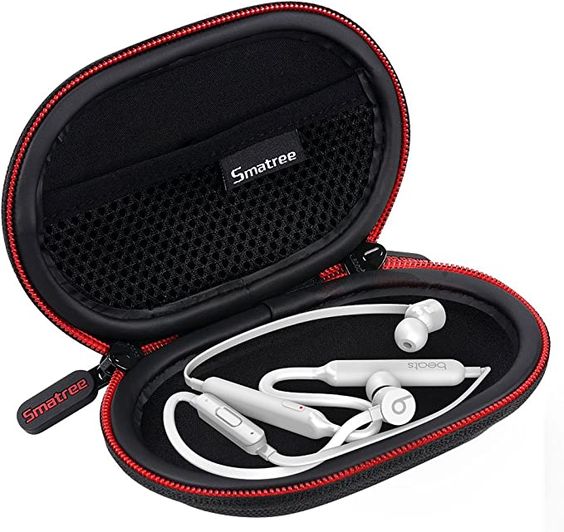Introduction:
As students progress through their academic journey, they often rush to complete assignments and declare themselves “done” without thorough self evaluation. To help students invest more time in self-assessment and reflection, we have developed a free poster outlining 7 essential questions they should ask before considering their work complete.
1. Have I read the instructions carefully?
Before claiming to be done, students should always review the assignment instructions to ensure they have understood and followed each guideline. This allows them to identify areas where they may have deviated from the given task and rectify any discrepancies.
2. Did I check my work for errors?
Students should thoroughly proofread their work, checking spelling, grammar, and punctuation errors. By dedicating time to perfecting their writing, students can greatly improve the overall quality and readability of their assignments.
3. Have I provided clear explanations and examples?
In an ideal assignment, every idea should be supported with clear explanations and relevant examples. Before considering themselves finished, students must make sure they have included substantial evidence that effectively communicates their understanding of the topic.
4. Are my arguments well-structured and logical?
A well-thought-out argument is key to a standout assignment. Students should examine their work to ensure it follows a logical structure with comprehensive points that flow sequentially from one idea to the next.
5. Did I answer all of the questions or address all required aspects of the assignment?
To guarantee that every aspect of an assignment is covered, students must double-check whether all questions posed and sections required by the instructions are addressed in their work.
6. Have I properly cited all sources and used an appropriate reference style?
Proper citation is crucial in academic writing as it establishes credibility and prevents plagiarism. Before submitting an assignment, students must confirm that they have cited every source accurately in accordance with the specified reference style.
7. Did I seek input from a peer or teacher?
Receiving feedback from peers or instructors provides students with the opportunity to improve their work before submitting it. By incorporating advice from others, students can refine their assignments and better achieve learning objectives.
Conclusion:
Asking these 7 essential questions can greatly enhance the quality of a student’s work, fostering a mindset focused on self-improvement and reflection. By implementing this self-assessment strategy, students will develop vital skills that not only benefit their academic performance but also prepare them for success in future pursuits. Download our free poster now to help your students take responsibility for their learning and strive for continuous growth.






